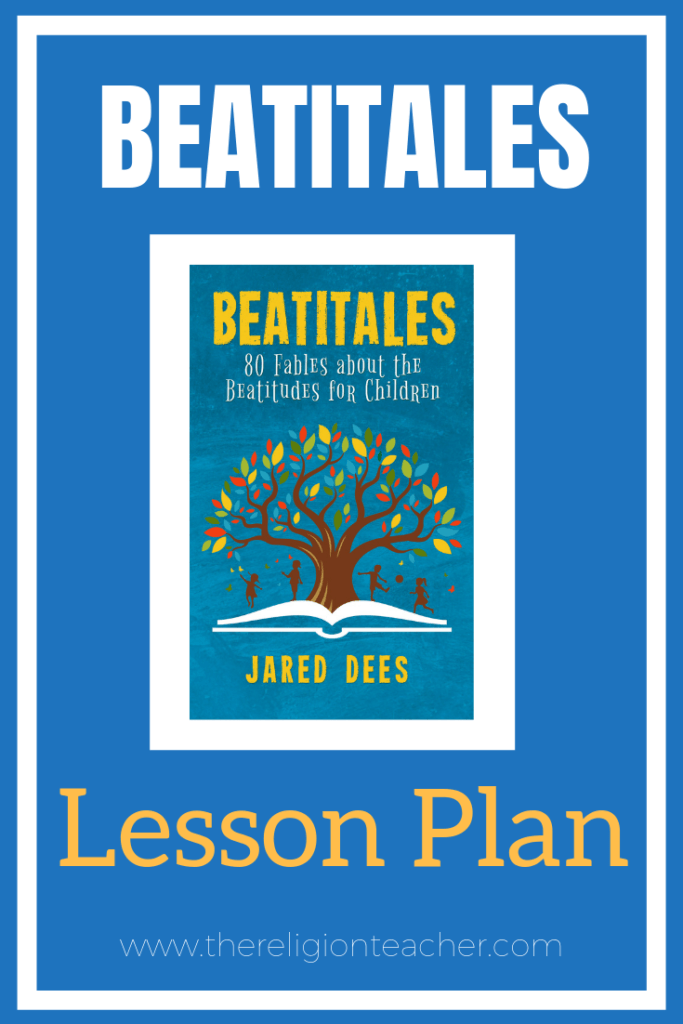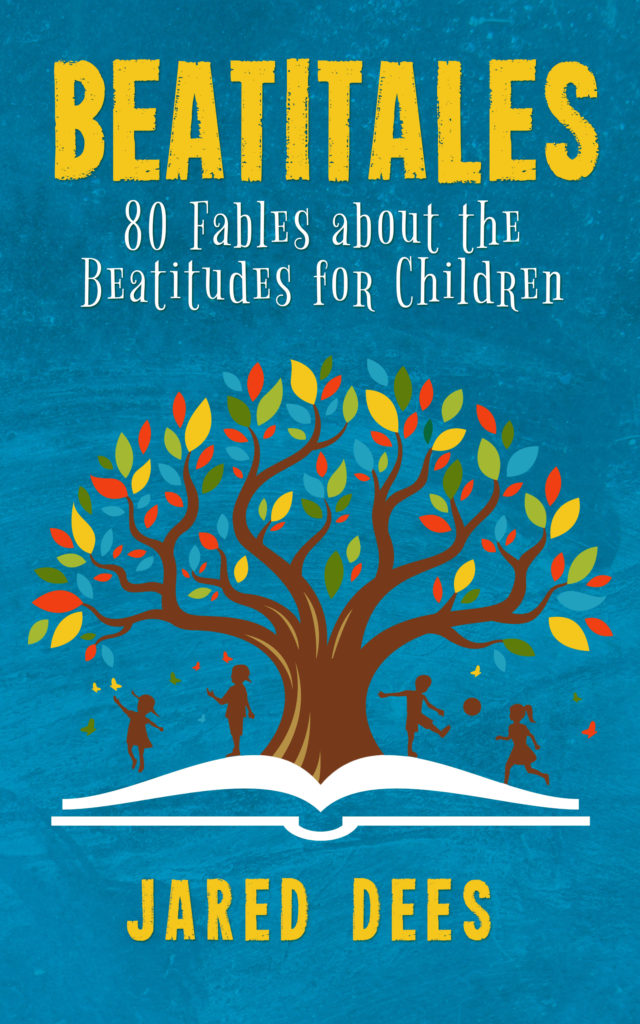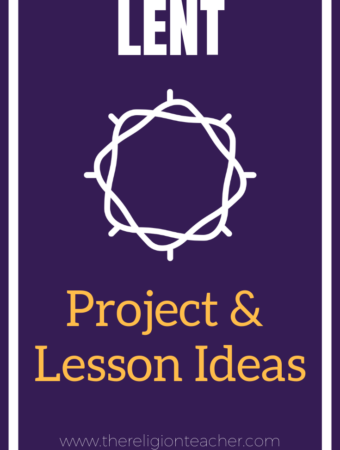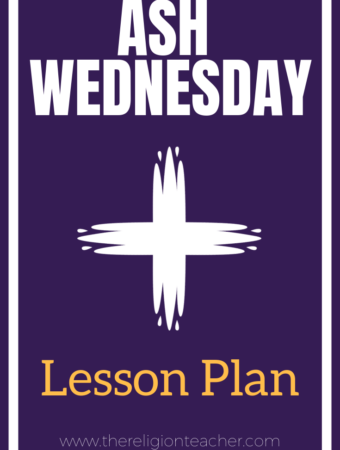
When I wrote the eighty fables in Beatitales, I had three audiences in mind.
First, I wanted to write short stories that children of all ages would enjoy. That’s the obvious reader (or listener) for the stories.
But I also had two other audiences in the back of my head: parents and educators.
I knew the stories would be read by parents to their children at bed time and during break times throughout the day at home. I also knew they would be useful teaching tools for religious educators to use in the classroom.
To help you (that group of religious educators) use the stories in the Beatitales collection to teach about the Beatitudes, I put together this simple lesson template. The format for the lesson plan is based on Lectio Divina Lesson Planning found here and in the Christ in the Classroom book.
The Beatitales Book Lesson Plan
I. Present the Beatitude
Help the students understand the meaning of the Beatitude you would like the students to learn. Read the Beatitude and define any words that might be unclear to the students. For example, you might give them synonyms for “meek” as “quiet, gentle, humble.”
You could also use any of these Beatitudes activities to introduce and summarize the Beatitudes for the students.:
“Beatitudes Activities: 11 Teaching Ideas for Religious Educators “
II. Read the Beatitale Fable
You can access a set of sample fables from Beatitales here.
There are ten fables or parables in Beatitales for each of the eight Beatitudes. Here are some ways you might have students read them:
- Read the story to the class.
- Have a student read the story to the class.
- Assign characters and have students read within the quotations marks while you read everything else as the narrator.
- Break students up into groups to read together separately.
III. Summarize the Fable
First, make sure they fully understand what happened in the story. Ask the students to summarize a chain of events. Have them summarize the story in just a few sentences.
Then, have the students make connections between the fable and the Beatitude. Remind them of the meaning of the Beatitude, then ask them to explain how the characters in the story lived out the teaching or learned it during the course of the story.
IV. Beatitales Meditations
This next step is absolutely essential to the reading of any parable or fable.
Ask the students to think about how their lives relate to what they read.
Ask them to think about how they have faced similar circumstances. They can share these stories in pairs, groups, or the entire class. Or have them write about these stories on paper or in a journal to help make connections to the fable.
You might also challenge them to think about opportunities to live out the Beatitude in the future based on the story they read:
- How can they be more like (or unlike) the character in the story?
- When will they face similar circumstances and how will they react?
V. A Beatitudes Prayer
Lead the students in a simple prayer exercise to close a discussion and mini-lesson on each of the Beatitudes.
Turn the Beatitudes into a prayer template for the students to offer up their own petitions. For example:
- When __________, help me to be pure in heart.
- When __________, help me to be meek.
- When __________, help me to be a peacemaker.
- When __________, help me to be poor in spirit.
OR:
- When I am hungry, help me to __________.
- When I am persecuted, help me to __________.
OR:
- When I see someone mourning, help me to __________.
- When I encounter someone who is poor, help me to __________.
Get Beatitales: 80 Fables about the Beatitudes for Children
Get your copy of Beatitales: 80 Fables about the Beatitudes for Children today!
The eighty fables and parables in this short story collection for kids will give young people a greater appreciation for the ways they can live out the teachings of Jesus from the Bible. Children will encounter stories told in the classic tradition of Aesop’s fables with knights, kings, bears, birds, dogs, wolves, ants, worms, trees, flowers, pencils, household appliances, and more. The collection also features modern day parables with both children and adults living out the Beatitudes. Parents can read stories to their children before bed or give their kids the chance to experience the stories themselves in their private reading time. Likewise, religious educators can share them with their students to help guide them in their faith formation.
Available in paperback and Kindle eBook formats.



